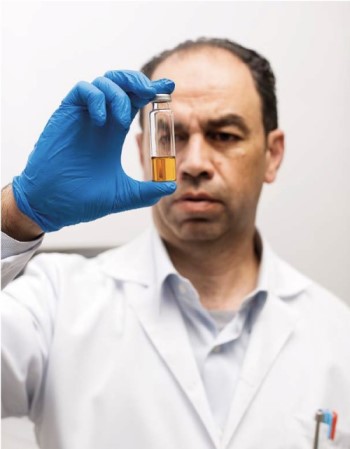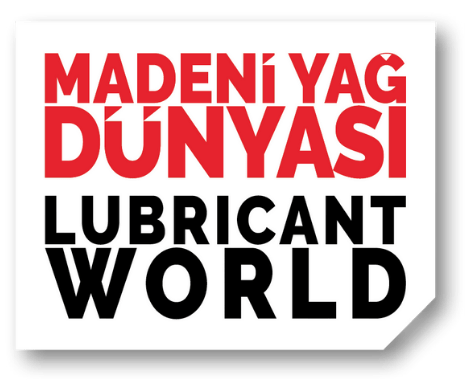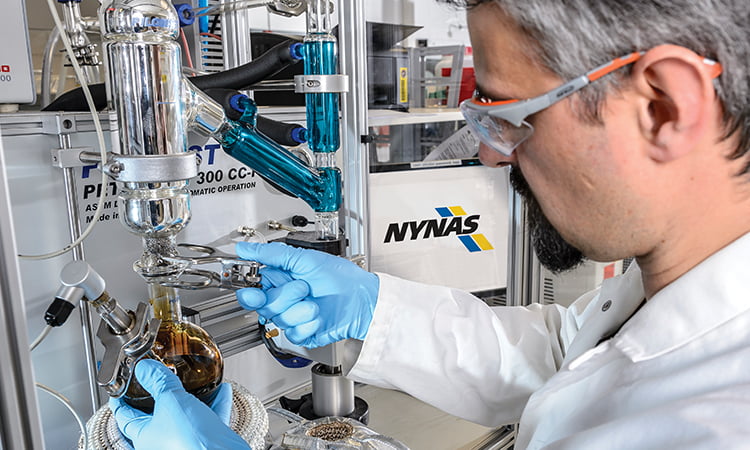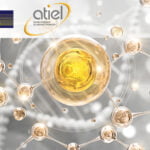Industry standard methods used in the specification of base oils provide insight into a few predetermined physical – chemical properties. However, to better understand the behaviors of oils in different applications, researchers at Nynas apply increasingly specialized methods to investigate the molecular composition.
“The chemical complexity and extraordinary molecular diversity of heavy petroleum substances, such as base oils, is the major limitation of their full characterization. To unravel the composition of the heavy petroleum fraction is an overwhelming task, as it exceeds the capabilities of any one method. Instead, a battery of complementary analysis is needed to paint a picture of the substance, and with more analyses, finer details emerge.” explains Elena Minchak, Research Manager at Nynas.
Only lighter fractions of petroleum, such as low boiling point gasolines (~C4-C10) containing only a few hundred individual components, can be comprehensively analysed by gas chromatography (GC). Moreover, oils with a boiling point below 150°C can be investigated through a comprehensive GCxGC set up using first a non – polar column that separates compounds by volatility and then a polar column for separation according to polarity / functionality.
Elena Minchak says “This increases the resolution and sensitivity, providing detailed information on the chemical composition of petroleu substances, particularly in the range below C30. The method has been successfully used for middle distillates, such as kerosine and light gas oils, but has limitations for heavier samples. Also, the overlap between naphthenic molecules and aromatics can be significant, risking an overestimation of either class.”

Different Analysis Methods
Even so, GCxGC has limitations. Not a standardised method and not validated by the petroleum industry, it is still only used at research laboratories.
The complexity of the heavier oils makes the determination of individual compounds impossible, and the composition is usually expressed in terms of compound classes, revealing the distribution of different classes of molecules. For example, the well-known ASTM D2007 standard test method determines the total concentration of saturates, with polars present in addition to the aromatics. Through SARA analysis, the content of Saturate, Aromatic, Resin and Asphaltene (SARA) fractions can be calculated.
“The GCxGC analysis groups the components into classes such as n-paraffines, iso-paraffines, naphthenes, di-naphthenes, mono-aromatics, naphthenic mono-aromatics, di-aromatics, etc.” explains Elena Minchak. For the characterisation of oils that lie outside the analytical window of GC (>C30), advances in mass spectrometry (MS) have provided opportunities. Here, Fourier transformion cyclotron resonance mass spectrometry (FTICR MS) has emerged as the research analysis, providing the highest performance capabilities in terms of resolution and mass accuracy, followed by Orbitraps and time-of-flight (TOF) mass spectrometers. FTICR MS provides a tremendous amount of information and must therefore be complemented by advanced data processing techniques.
Ultra high resolution will enable assignment of each mass to a unique elemental composition, utilising the concept of homologues series typical for petroleum. Each series being categorized by the class (NnOoSs), type (double-bond equivalent, DBE, or hydrogen deficiency, Z), and carbon number (CH2 groups). Elena Minchak says “Although high resolution mass spectrometry has enabled great advantages, there are still huge challenges to be resolved. The most problematic issue is the ionization.”
An ideal universal ionisation method would produce ions from different analyte neutrals with equal efficiency. But different ionisation techniques target different types of molecules. Electrospray ionisation (ESI) typically generates positive or negative ions from heteroatom containing compounds. However, non-polar species such as thiophenes, furans, and aromatic hydrocarbons are not readily observed by ESI. Field desorption ionisation (FDI) and atmospheric pressure photo ionisation (APPI) coupled with FTICR MS yield abundant ions from several species not observed by ESI, including benzo- and dibenzothiophenes, furans, and polycyclic aromatic hydrocarbons.
“However, pure saturated hydrocarbon compounds still pose a particularly difficult obstacle to direct mass spectral characterisation because of their tendency to undergo gas-phase reactions and extensive fragmentation during ionization.” says Elena Minchak.
“One of the focus areas of Nynas Naphthenic research is to further grow our knowledge and fundamental understanding of oils, and we do that through advanced oil analysis. Chemical analysis also provides insight into how the composition could impact the product properties, aiding process development and product design. Furthermore, it enables us to support our customers in certain projects, and to ensure compliance with regulations.”
“Petroleomics”, devoted to the characterisation of petroleum fractions on a molecular level, is a grooving research field and it is an important for Nynas to be a part of external research projects with other research organisations to follow up on progress.
Pinpointing PAH and aromatics
- In some applications, the content of individual polycyclic hydrocarbons (PAH) needs to be specified. For instence, the tyre oil directive requires oils to have less than 10 ppm of 8 specific polycyclic hydrocarbons, which can be determined by LC-GC/MS according to EN16143:2013. Further analysis of individual hydrocarbons is possible, but no standard method is available, and analyses are only carried out specialised laboratories with proprietary methods based on high resolution GC-MS with selective ion monitoring and deuterated internal standards for qualification.
- The aromatic components of a base oil can be analysed by liquid chromatography (LC). For example, HPLC can be used to separate monodi-, and polyaromatic components. However, this method can only be used for the lighter lubricants (< 400° C). for high boiling point base oils, the granularity decreases, and the industry standard LC methods can only provide wt% aromatics, with no resolution od the aromatic compounds by ring number (IP368 or ASTM D2007). Recently, advanced nuclear magnetic resonance (NMR) spectroscopic techniques have been tested to provide quantification of aromatic components.





